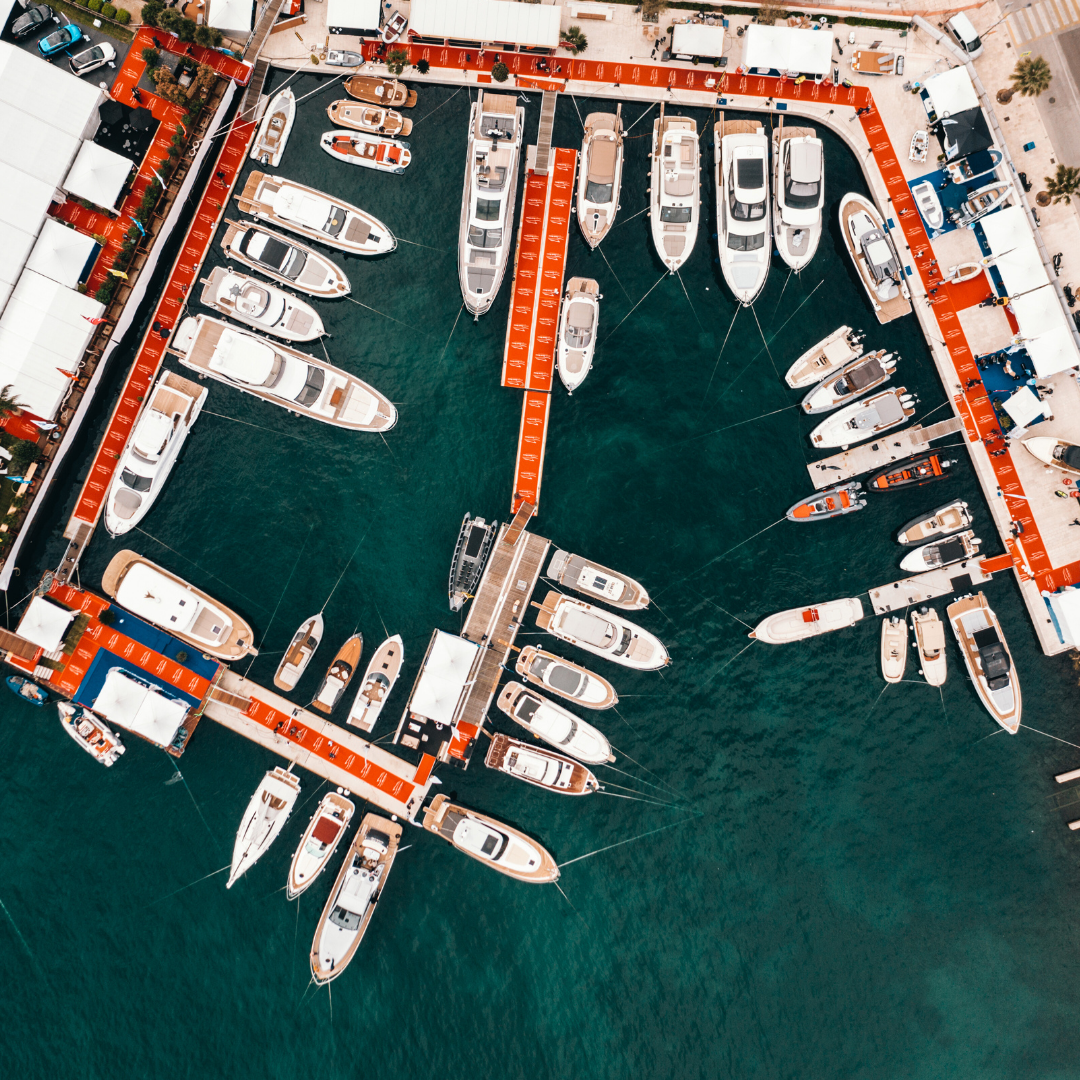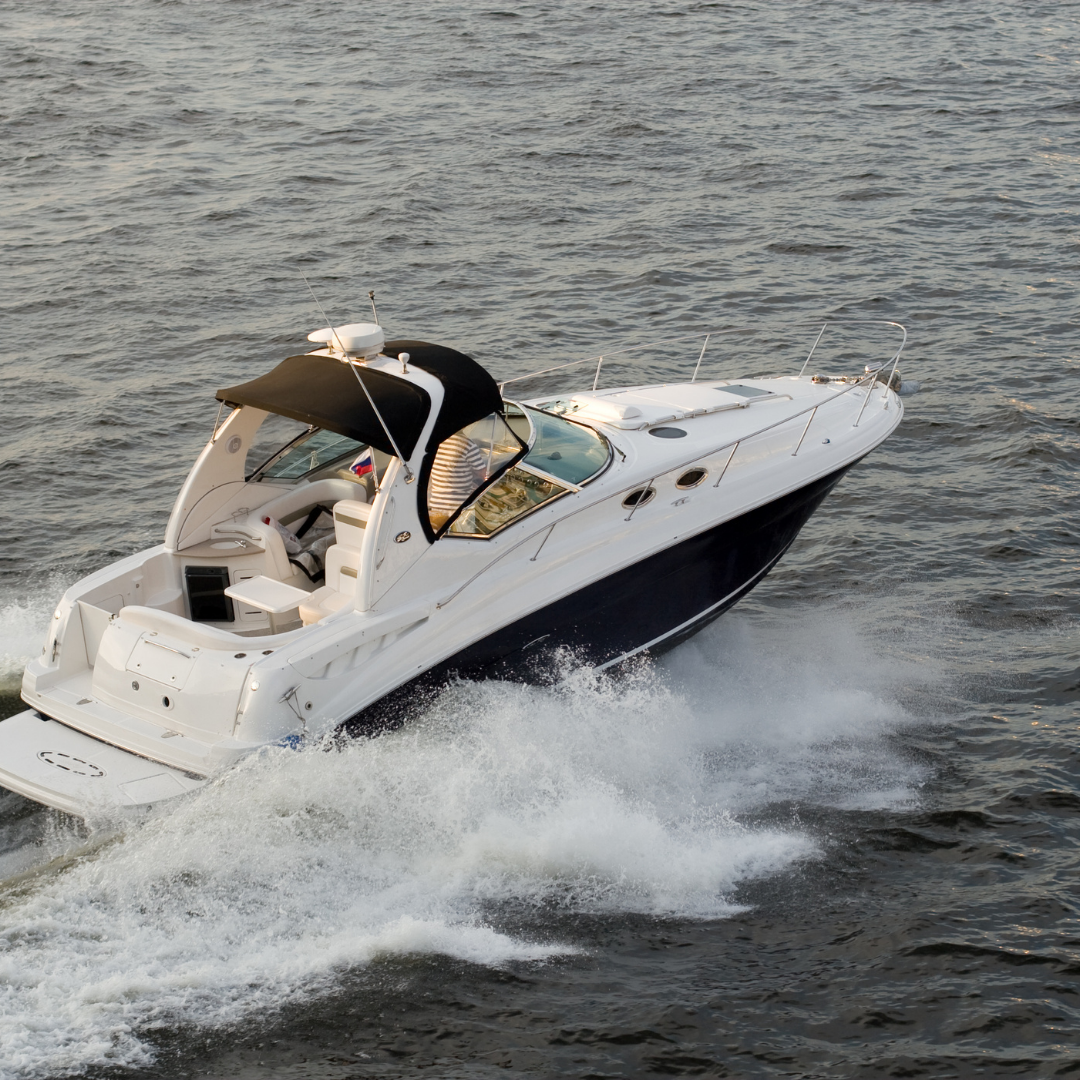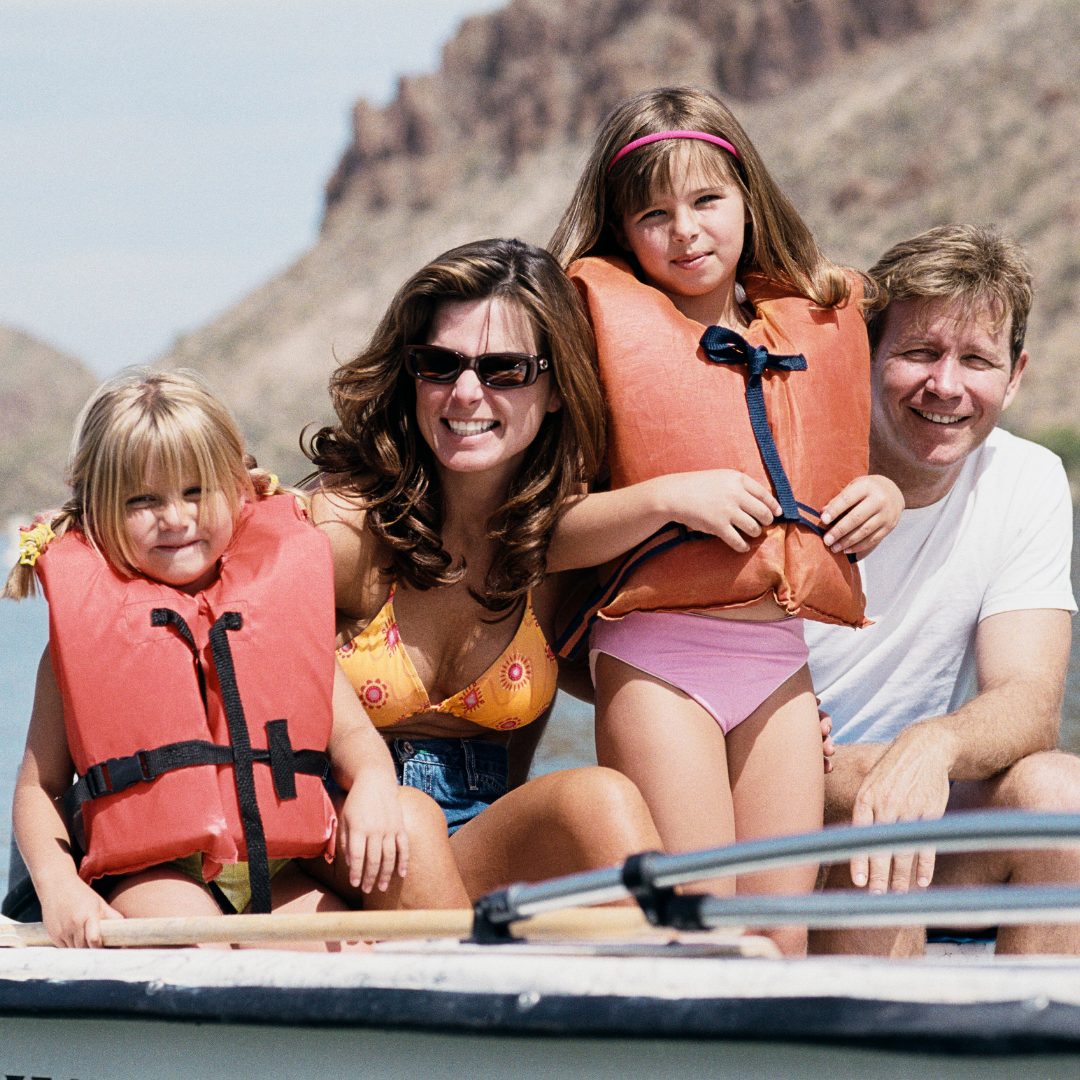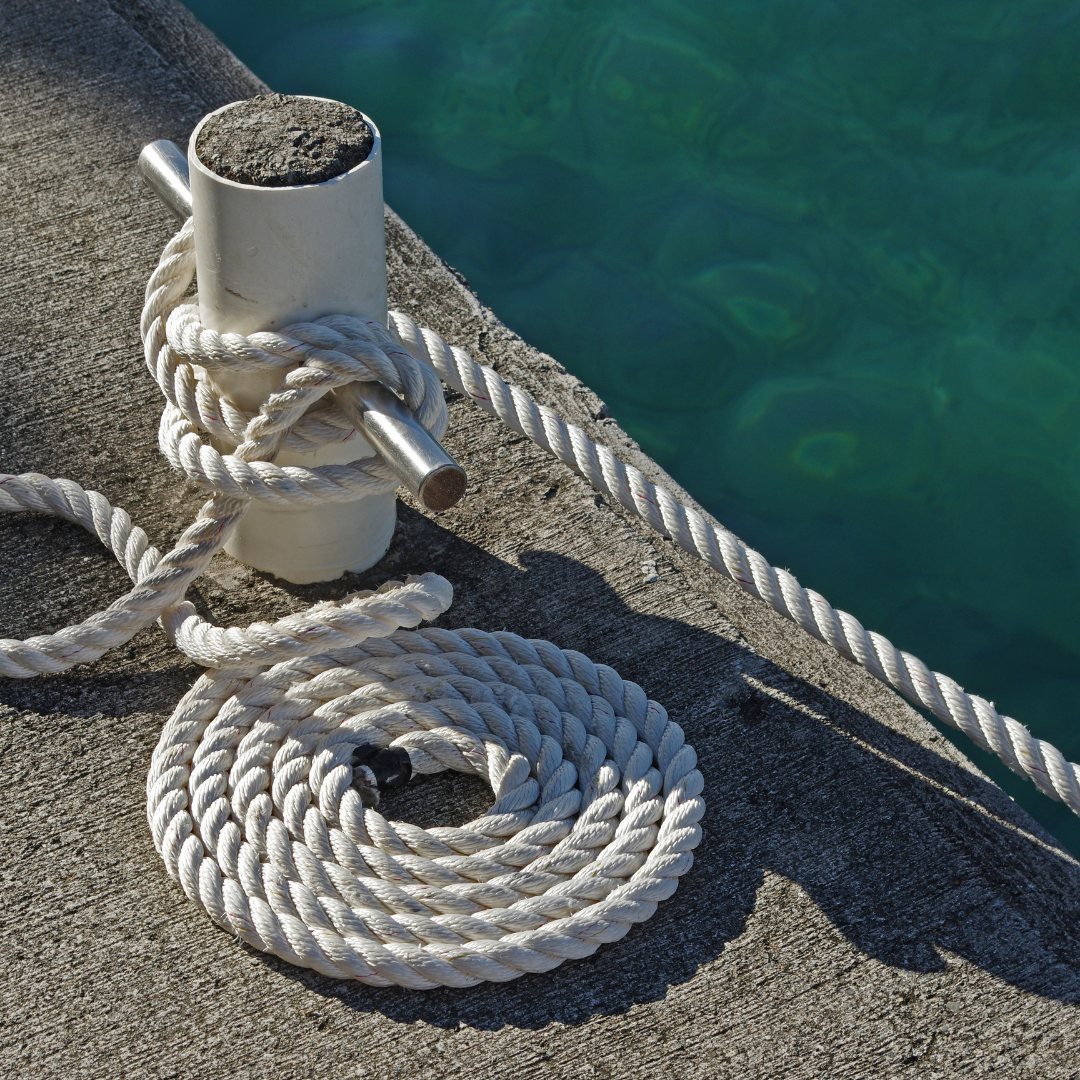Understanding Boat Navigation Lights and Rules of the Road

Navigating the open waters isn’t just about steering and adjusting sails or throttles. One crucial aspect of ensuring safe passage, especially during low visibility conditions like nighttime or fog, revolves around understanding and utilizing boat navigation lights correctly. Furthermore, being aware of the “rules of the road” in maritime contexts can prevent mishaps, misunderstandings, and, most crucially, collisions. This article delves deep into the significance, requirements, and nuances of boat navigation lights and maritime traffic rules.
The Purpose of Navigation Lights
Navigation lights, often perceived as mere adornments on a vessel’s exterior, play a vital role in maritime safety. Their primary function is to provide information to other vessels about a boat’s size, type, activity, and direction. By doing so, they help:
- Prevent Collisions: By indicating the vessel’s position, size, and course, navigation lights allow other boats to gauge their path relative to them, ensuring safe passage for both.
- Indicate Maneuverability: Certain vessels, due to their size or activity, may have restricted ability to move. Navigation lights communicate this to other nearby vessels.
- Communicate Activities: Vessels engaged in specific tasks, like fishing or towing, might have unique lights to indicate their activity, cautioning other vessels to keep distance or navigate with extra caution.
Deciphering the Color and Placement of Lights
Navigation lights aren’t random placements of luminous devices. Their colors and positions are standardized to convey specific meanings:
- Port and Starboard Lights: The port (left side when facing forward) light is red, and the starboard (right side) is green. These lights help in determining the direction in which the vessel is moving.
- Masthead Light: This white light is positioned on the vessel’s centerline and indicates a vessel’s presence from the front.
- Stern Light: Located at the rear, this white light makes vessels visible from behind.
- Towing Lights: Vessels towing another object will exhibit a yellow light, alerting other vessels of the ongoing activity.
By understanding these light placements and colors, mariners can determine the type and orientation of nearby vessels, especially during low visibility conditions.
Special Lighting Requirements for Different Vessel Types
Different vessels have specific lighting requirements, based on their size, function, and design:
- Sailing Vessels: These might only show sidelights (port and starboard) and a stern light.
- Vessels at Anchor: Boats at anchor display a 360-degree white light, ensuring they are visible from any angle.
- Fishing Vessels: Depending on their size and type of fishing, these vessels have unique combinations of lights to indicate nets or gear deployment.
By recognizing the distinct lighting patterns, mariners can ascertain the activity and type of nearby vessels.
“Rules of the Road”: Understanding Maritime Traffic Rules
Maritime navigation isn’t a free-for-all. Just like road vehicles follow traffic regulations, vessels adhere to specific “rules of the road”:
- Head-on Situations: When two power-driven vessels are moving head-on or nearly so, they should alter their course to port (left) to avoid a collision.
- Crossing Situations: If two power-driven vessels are crossing paths, the one on the other’s port side should give way.
- Overtaking: A vessel overtaking another should keep out of the way of the vessel being overtaken.
Being aware of these rules ensures smooth sailing and prevents accidental collisions.
The Importance of Visibility: Keeping Lights Functional
Given their crucial role, maintaining the functionality of navigation lights is paramount. This means:
- Regular Checks: Before embarking, ensure all navigation lights are operational.
- Carrying Spares: Always have spare bulbs or fixtures onboard.
- Avoiding Obstructions: Ensure no equipment or fixtures block the lights.
Regular maintenance ensures that lights effectively communicate the vessel’s presence and activity.
Common Mistakes and Misunderstandings
Some common mistakes mariners make include:
- Incorrect Light Placement: Misplaced lights can communicate the wrong information.
- Assuming Right of Way: Always be prepared to give way, even if you believe you have the right of way.
By being aware of these common errors, mariners can navigate more safely.
Navigational Aids and Markers: Additional Guidance
Apart from vessel lights, various navigational aids, like buoys, beacons, and lighthouses, offer additional guidance:
- Buoys: These floating aids come in different shapes and colors, each with a unique meaning.
- Lighthouses: These provide locational cues and sometimes have fog horns for auditory guidance.
Recognizing and understanding these aids ensures safer navigation, especially near coastlines or in busy channels.
Boat navigation lights and the maritime “rules of the road” are foundational elements of safe boating practices. By understanding and adhering to these guidelines, mariners can ensure not just their safety but also contribute to the overall well-being of the larger maritime community. As with any endeavor, knowledge combined with awareness and caution paves the way for a seamless experience. On the vast expanse of the waters, these lights and rules become the unspoken language of vessels, ensuring they dance past each other harmoniously, making every journey safe and memorable.


